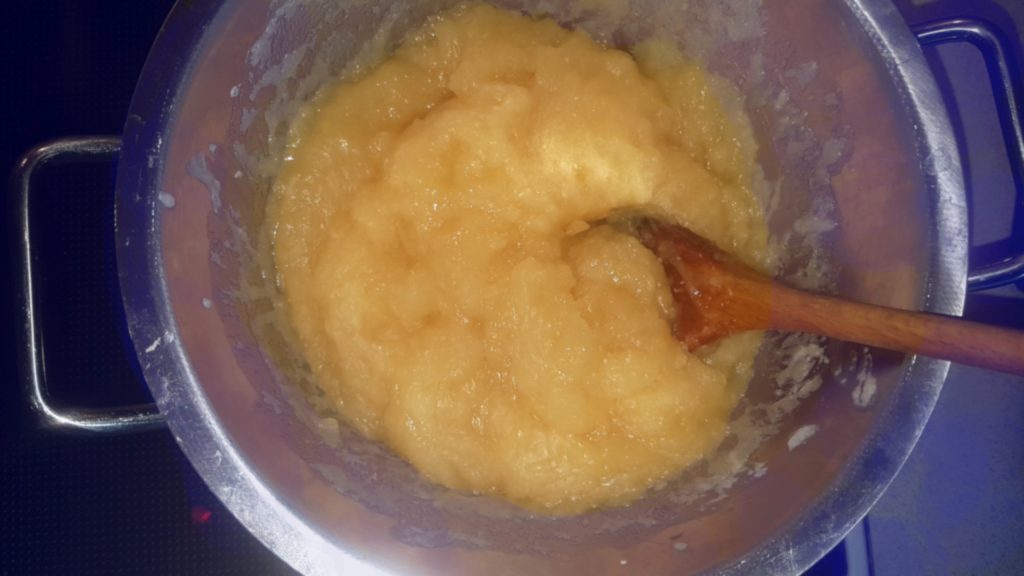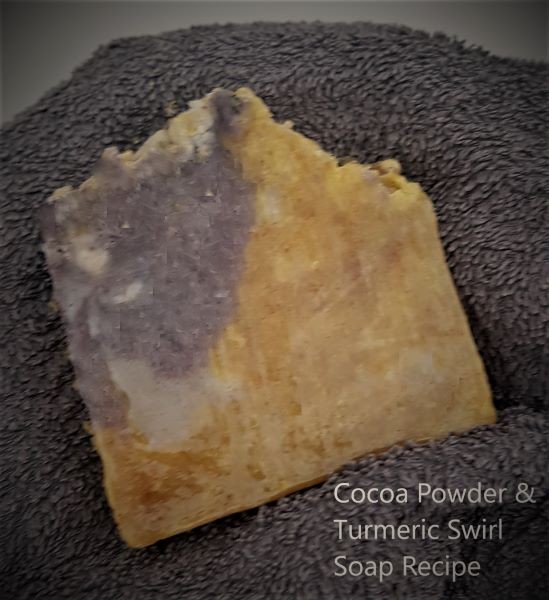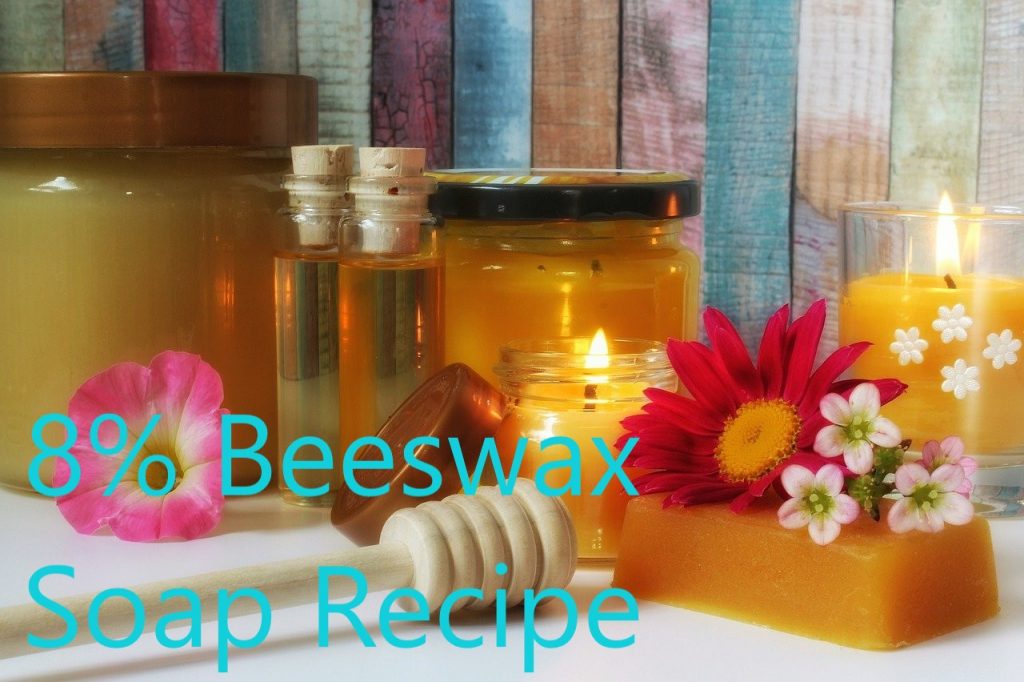There are many kinds of vinegar and you can use them all in your soaps if you like. The most hyped one is the Apple Cider Vinegar, but it really makes no difference which one you choose.
Acetic Acid percentage in Vinegar
What really matters is the % acetic acid and you have to pay attention to this number. Most soap recipes found with vinegar are based on the common US number, which is 4%. But in many other countries like in the EU, this number is 5%. You can also find 3% and 6%. The lower the percentage is, the more you have to add, but you will need to do a calculation.
If your recipe says to use 4% vinegar, but yours is 5% – multiply the amount in the recipe by 0,8. Remember to add water by the same amount as vinegar subtracted.
If your recipe says to use 5% vinegar, but yours is 4% – multiply the amount in the recipe by 1.2. Subtract the extra grams of vinegar from your water to get the recipe correct.

Many soapers add apple cider vinegar to their shampoo bars because it is considered conditioning
Adding Acetic Acid to Lye results in a neutralization reaction and Sodium Acetate
The acetic acid (HC2H3O2) found in the vinegar will react with the NaOH until all of the acetic acid is neutralized. When an acid, such as acetic acid reacts with a base like NaOH, the products are a salt (NaC2H3O2, sodium acetate) and water (H2O).
Penn State Erie, The Behrend College
If you are an experienced soaper, you may remember the name Sodium Acetate. This salt works similarly to Sodium Lactate that is very commonly used in soap recipes. Booth makes the soap bar harder, which is often preferred since it makes a more lasting bar.
- 1 oz by weight (28 g) of commercial 4% vinegar neutralizes about 0.8 g NaOH.
- 1 oz by weight (28 g) of commercial 4% vinegar neutralizes about 1.12 g KOH.
Conclusion
If you add acetic acid (or any other acid like, e.g., lemon juice) to your lye, the lye does not saponify all your oil and will raise the superfat. So you will have to recalculate the amount of lye needed in the recipe.
Why add vinegar to soap?
The two main reasons to use vinegar is that it hardens the bar and makes it a bit easier to unmold. Some people feel it gives a better lather to the soap, and some say that it has other skin-beneficial qualities. But we have not found any research on that.
How to add vinegar to soap
The normal way is to add vinegar to the water before mixing it with the NaOH or KOH (some people call this lye, but lye is the solution when NaOH or KOH is soluted in water).
How much vinegar should I add to my recipe
There really is no rule on how much vinegar you can add to a soap recipe, but substitution half of your water for vinegar is considered maximal. Usually 28% to 35% will be good.
The more vinegar you add to a recipe, the faster it will trace, so you need to work fast. You also have to pay attention to when you can unmold and cut the soap—Tjek after 6 to 8 hours.
How do I calculate the extra lye needed when adding vinegar to a soap recipe?
- Decide the amount of vinegar you want to use
- Multiply the amount of vinegar by 0.0357 to get the appropriate extra NaOH required
- Or Multiply the amount of vinegar by 0.05 to get the appropriate extra KOH required
Alternatives to vinegar in soap
- Sodium Lactate (link)
- Use a recipe with more hard oils like Coconut or Palm Kernel Oils (oils with high levels of Palmitic, Stearic, and Myristic Acids)
- Regular table salt or other types of salt like Himalayan Salt. Use 1 tablespoon per pound of base oils
- Lower the superfat to 1 or 2%




